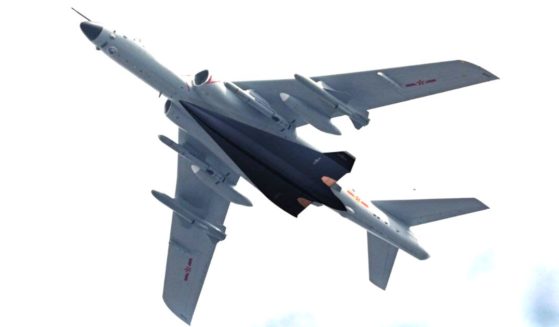Seychelles science mission chases a wayward drone, in vain
ALPHONSE ISLAND, Seychelles (AP) — A British-led marine scientific mission off the Seychelles failed on Wednesday to retrieve a key underwater drone from the sea bed, where it had fallen after its cable was cut the day before.
Submersibles tried twice to bring the lost Remotely Controlled Vehicle to the surface, but strong underwater currents thwarted them.
The Nekton Mission has embarked on an unprecedented exploration of the Indian Ocean to document changes taking place beneath the waves that could affect billions of people in the surrounding region over the coming decades.
This wasn’t the kind of task the Nekton Mission had intended: how to use blocks of buoyant foam and bags of sand to retrieve stranded equipment and get their stalled quest back on track.
“We’re using the sand to neutralize the buoyancy of the floatation device we are using to raise the ROV to the surface,” said Nekton’s Mike Pownall. “Once we’ve attached it to the ROV the sand will be released and the ROV will float up to the surface.”
The improvised life jacket was scraped together using items found on board and attached to one of the mission’s submersibles.
Pilot Robert Carmichael was upbeat about the challenge.
“The chances of this working are probably about 50-50,” he said. “But we’re going to give it a nudge on the good side because we’re out here trying to do some good. And today happens to be my birthday, so let’s go get some.”
Almost all science work stopped on Wednesday, with the focus on the retrieval attempt. The ROV, which carries video cameras, is a vital piece of equipment for the scientists in their deep ocean data collection work.
Late in the day one submersible was sent down, its crude rescue device clearly visible as it slid beneath the waves off remote Alphonse Island.
In the sweltering control room, colleagues waited anxiously as the pilot zeroed in on his target.
But it was not to be. The makeshift floatation device was released too early and floated away in the current.
The mission’s second sub went down to try a simpler approach: attaching a line to pull it up.
One scientist, her work on hold, watched the drama and took a philosophical approach.
“The sea is all-powerful. It is a hostile environment and we just have to live with that,” said Professor Louise Allcock.
As night fell, the attempt was called off, as currents made it impossible to get close to the ROV. They will try again on Thursday.
The Associated Press is the only news agency working with British scientists from the Nekton research team on its deep-sea mission that aims to unlock the secrets of the Indian Ocean. AP video coverage will include exploring the depths of up to 300 meters (1,000 feet) off the coast of the Seychelles in two-person submarines, the search for submerged mountain ranges and previously undiscovered marine life, a behind-the-scenes look at life on board, interviews with researchers and aerial footage of the mission. The seven-week expedition is expected to run until April 19.
The Western Journal has not reviewed this Associated Press story prior to publication. Therefore, it may contain editorial bias or may in some other way not meet our normal editorial standards. It is provided to our readers as a service from The Western Journal.
Truth and Accuracy
We are committed to truth and accuracy in all of our journalism. Read our editorial standards.












